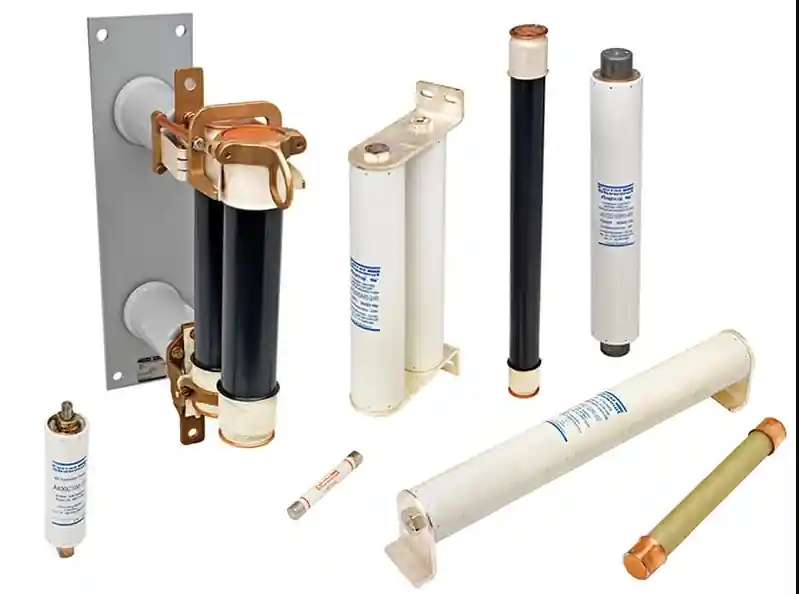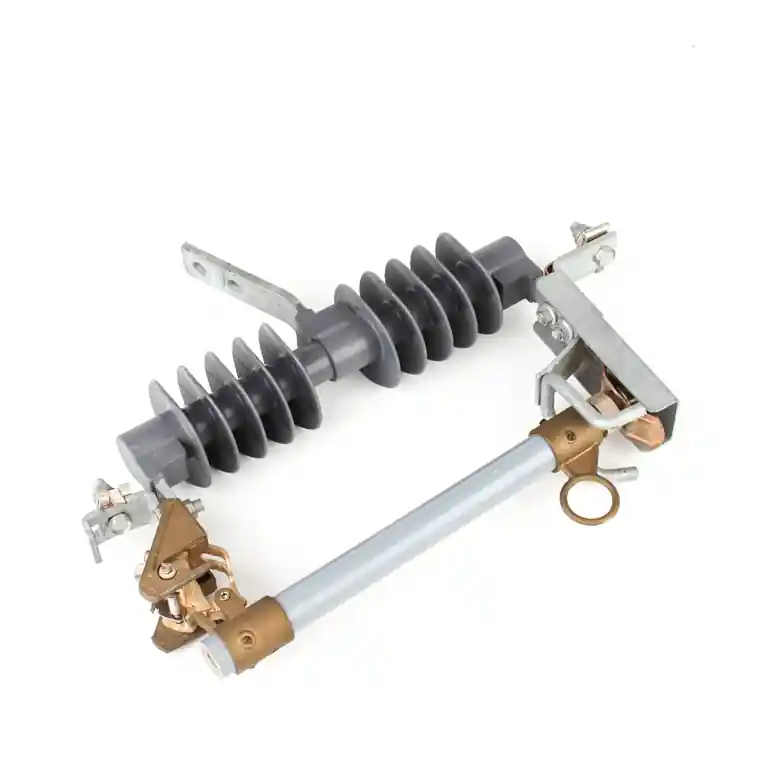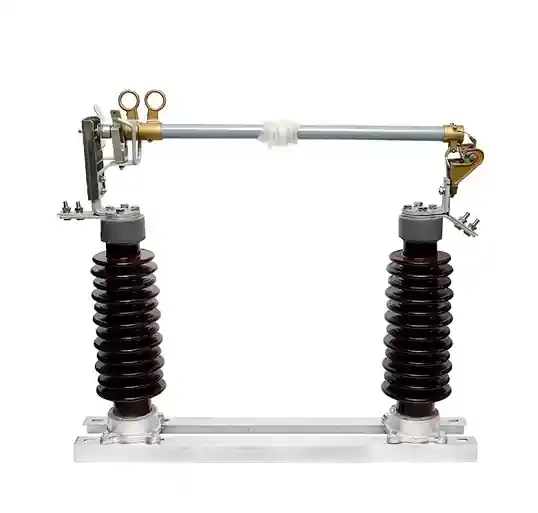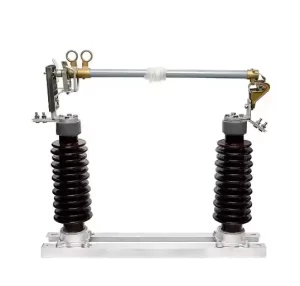High-voltage (HV) fuses play a critical role in power system protection, especially for transformers, switchgear, capacitor banks, and other vital equipment. Designed to operate in electrical networks above 1,000 volts, HV fuses interrupt excessive current during fault conditions to prevent catastrophic failure and system downtime. This article explores the three primary types of high-voltage fuses, their applications, technical characteristics, and selection guidelines—helping engineers and decision-makers choose the right protection solution.

Understanding High-Voltage Fuses: An Overview
HV fuses are current-interrupting devices specifically engineered to open circuits when fault conditions occur. Unlike circuit breakers, fuses are non-resettable devices and are used as a one-time protective solution. According to the IEEE C37.40 standard and IEC 60282-1, HV fuses must meet strict mechanical, thermal, and electrical performance criteria.
Modern fuse technology incorporates elements such as silver fuse links, arc-extinguishing fillers (typically silica sand), and highly engineered insulators to ensure fast, reliable interruption of overcurrents.
The Three Main Types of High-Voltage Fuses
1. Expulsion Fuses
Expulsion fuses use gas pressure created by internal arcing to blow open the fuse element and interrupt the current.
Applications:
- Overhead distribution lines
- Pole-mounted transformers
- Medium-voltage substations
Key Characteristics:
- Fast clearing time
- Economical
- Audible sound on operation

2. Current-Limiting Fuses
Current-limiting fuses introduce a high resistance during fault conditions, thereby reducing peak current and energy let-through. They are filled with sand to quench the arc.
Applications:
- Indoor switchgear
- Power transformers (including dry and oil-immersed types)
- High-speed protection zones
Key Characteristics:
- Limits let-through energy
- High breaking capacity
- Suitable for compact installations

3. Cartridge-Type Fuses
These are enclosed cylindrical fuses typically used in ring main units (RMUs), gas-insulated switchgear, and modular power systems.
Applications:
- RMUs and compact substations
- Low and medium-voltage transformer bays
- Indoor applications where dust/moisture protection is needed
Key Characteristics:
- Enclosed construction
- Easy replacement
- Compatible with plug-in fuse holders

Market Trends and Standardization
According to IEEMA and market studies published by Research and Markets, the demand for HV fuses is growing due to grid modernization, renewable energy integration, and stricter safety compliance. Manufacturers like ABB, Schneider Electric, and SIBA have invested in modular, eco-friendly, and arc-limiting fuse designs.
The IEC 60282-1 and ANSI C37.46 standards continue to govern test procedures, performance thresholds, and coordination guidelines—ensuring interoperability across global markets.
Comparing the Types: Summary Table
| Fuse Type | Arc Quenching Method | Breaking Capacity | Typical Use |
|---|---|---|---|
| Expulsion Fuse | Gas expulsion | Medium | Overhead distribution |
| Current-Limiting | Sand-filled chamber | Very high | Indoor substations |
| Cartridge-Type | Enclosed fuse link | High | RMUs, compact bays |
Selection Guidelines
Choosing the right fuse involves considering:
- System Voltage & Fault Current Level
- Installation Environment (indoor/outdoor, humid/dry)
- Coordination with upstream/downstream devices
- Maintenance and replacement feasibility
For instance, current-limiting fuses are preferred in areas with limited fault clearance distances, while expulsion fuses suit rugged overhead applications.
Frequently Asked Questions (FAQ)
A: It is not recommended unless enclosed in weatherproof switchgear. Current-limiting fuses are typically used indoors due to moisture sensitivity.
A: The fuse must be replaced. Unlike circuit breakers, HV fuses are single-use devices designed to isolate the faulted section immediately.
A: Yes. Many HV fuses are now tested and rated for photovoltaic (PV) and wind turbine applications where fast fault response is essential.
Final Thoughts
Understanding the differences between expulsion, current-limiting, and cartridge-type fuses is essential when designing reliable and compliant power protection systems. With applications ranging from traditional substations to advanced smart grids, these fuses remain a cornerstone of fault mitigation strategy.
For certified, globally trusted High-Voltage Fuse guide solutions, PINEELE offers fully tested products aligned with industry standards and real-world power system demands.

